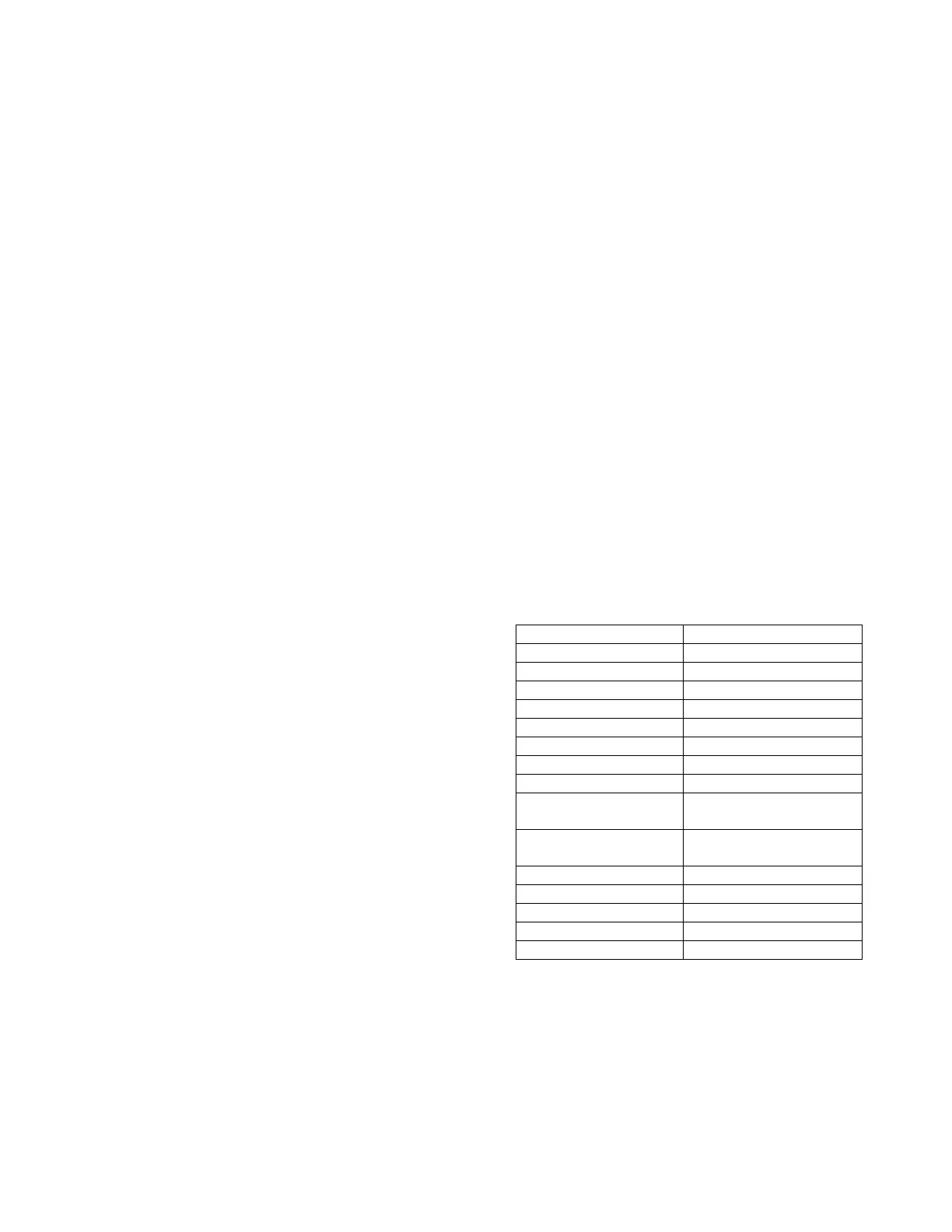Jetson
www.JetsonHVAC.com
43
Variable Flow
FWCD Series chillers can be applied in
variable flow applications where the flow is
varied and controlled by others. The flow
being delivered to the chiller must not go
outside the stated minimum and maximum
flow rates in General Data Table. Also, the
chilled water system volume should be
calculated using the highest evaporator flow
rate to be delivered to the chiller, and the rate
of change in flow rate must not exceed 10% of
design flow gpm per minute.
Water Circuit Requirements
FWCD Series modular chillers are equipped
with brazed plate evaporators. The water/fluid
circuits to be used with these chillers should be
designed and installed following sound
engineering practices and procedures as well
as any applicable local and industry standards.
For the brazed plate heat exchanger circuits,
focus on proper filtration and water quality is
necessary. Prior to connecting a FWCD Series
modular chiller into a newly installed or
existing water piping system, it is required to
flush the system with a detergent and hot water
mixture to remove previously accumulated dirt
and other organics. In old piping systems with
heavy encrustation of inorganic materials, a
water treatment specialist should be consulted
for proper passivation and/or removal of these
contaminants.
Filtration
Particulate fouling is caused by suspended
solids (foulants) such as mud, silt, sand or
other particles in the heat transfer medium. The
best way to avoid particulate fouling is to have
good water treatment and keep all system
water clean and with open loop system water,
maintain proper bleed rates and make up water.
A strainer with a 20-mesh screen (or screen
with 0.5 mm sized openings or less) is required
to be installed at the individual compact chiller
(or compact chiller array) inlet to protect the
brazed plate heat exchangers. Wye-strainers
are available as a factory-provided, field-
installed option. If an application is highly
susceptible to foulant contamination,
additional filtration methods should be
investigated.
Water quality
Poor water quality can cause another type of
fouling called scaling. Scaling is caused by
inorganic salts in the water circuit of the heat
exchangers. Scaling increases pressure drop
and reduces heat transfer efficiency. The
likelihood of scaling increases with increased
temperature, concentration and pH. In addition
to scaling, poor water quality can cause other
issues like biological growths and corrosion.
Therefore, water quality and water quality
control need to be an application consideration.
Please review the water quality requirements
for use with the brazed plate heat exchangers
on the FWCD Series modular chiller.
Table 8 Water Property Limits
